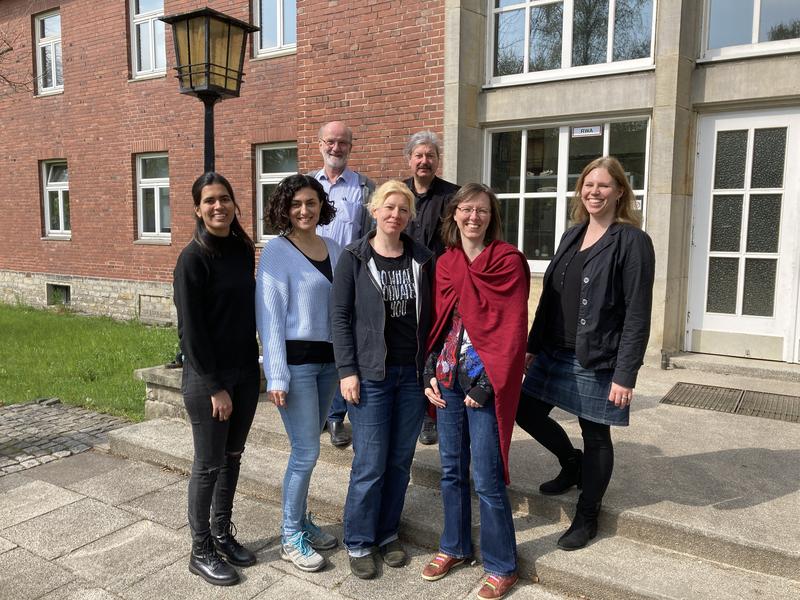Stay calm & keep scrolling: New Constructor University study finds no evidence of cell damage from 5G
A new study published today in the renowned academic journal PNAS Nexus conducted by two research groups at Constructor University in Bremen provides scientific clarity on a widely debated issue: Do 5G mobile communications frequencies harm human skin cells? The answer from the teams led by Prof. Dr. Alexander Lerchl and Prof. Dr. Marc Torsten Hütt is clear: Under experimental conditions that exceeded real-world exposure levels by up to ten times, no signs of cellular damage were found.
Against the backdrop of increasing wireless data transmission and the use of higher frequencies in mobile communication, the researchers investigated the effects of 5G electromagnetic fields on two types of human skin cells—fibroblasts and keratinocytes. In a fully blinded experimental setup, cells were exposed for 2 and 48 hours to field strengths up to ten times higher than legally permitted limits. Control groups were either not exposed at all (sham) or treated with UV radiation as a positive control. Dr. Vivian Meyer, Dr. Isabel Gronau and Karen Drees, from Prof. Lerchl’s team, performed the experiments, while Jyoti Jyoti and Eda Cakir, from Prof. Hütt’s group, analyzed the data.
The result: There were no significant changes in gene expression or DNA methylation attributable to the exposure. The small differences observed were within the range expected by chance.
“Our data strongly support the assessment that 5G frequencies do not cause harmful effects on human skin cells,” says Prof. Lerchl, a biologist and long-time expert on electromagnetic fields. Prof. Hütt, a renowned systems biologist, adds: “Especially in light of public concern, it’s crucial that we approach these questions with scientific rigor and methodological care – and for these two levels of cellular function, gene regulation and methylation, that’s exactly what we did.”
Wissenschaftlicher Ansprechpartner:
Dr. Alexander Lerchl | Professor of Biology and Ethics in Science and Technology
alerchl@constructor.university
Originalpublikation:
https://academic.oup.com/pnasnexus/article/4/5/pgaf127/8124427
Die semantisch ähnlichsten Pressemitteilungen im idw


